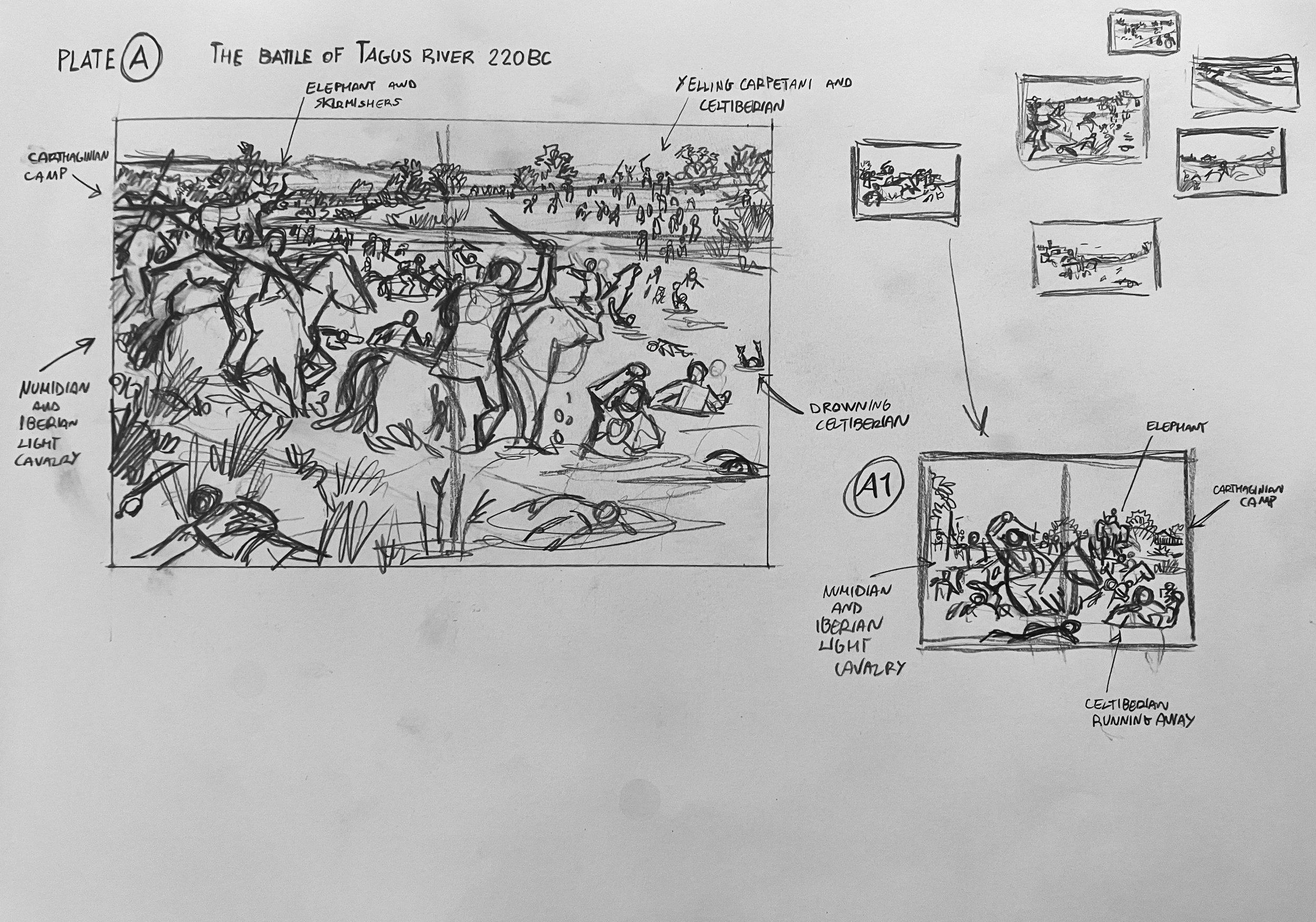Satellite technology reveals bombing more intense than in Ukraine, Syria or even the Second World War
Article on CBC website by Evan Dyer.
Few outside journalists have been able to enter Gaza, but developments in satellite technology over the past decade have made it possible to accurately assess from space the destruction brought by the war in the small Palestinian enclave.
Some of the tools being used to track bomb damage in Gaza were developed to measure deforestation or damage following natural disasters.
In addition to taking bird's-eye-view photos of rooftops and streets, satellites can aim radar at an angle, causing it to bounce off buildings and scatter in a way that allows operators to "see" not only rooftops but also the sides of structures. Computers can then compare it to baseline data collected before the bombs hit.
Corey Scher of the City University of New York Graduate Center and Jamon Van Den Hoek of Oregon State University are experts in mapping damage during wartime. They've studied the effects of aerial bombing and artillery strikes in conflicts ranging from Syria to Yemen to Ukraine.
They applied data from the Copernicus Sentinel-1 satellite to Gaza and found levels of destruction unprecedented in recent conflicts, Scher told CBC News.
"We're adapting and building off of almost two decades of research that's mainly gone into catastrophe impact mapping, so after seismic hazards or floods, and adapting those methods to war and conflict," he said.
As of Dec. 22, 20,057 Palestinians have been killed in Gaza since the war started, according to the Hamas-run Gaza Health Ministry. During the Oct. 7 attack, Hamas militants killed about 1,200 people in Israel and took about 240 hostages back to Gaza, according to Israel.
The intensity of bombing in Gaza is something the researchers said they've never seen before.
"It's just the sheer speed of the damage," said Van Den Hoek. "All of these other conflicts that we're talking about [Ukraine, Syria, Yemen] are years long. This is a little over two months. And the sheer tempo of the bombing — not just the scale of it but the sheer tempo — there's nothing that tracks [like] this in such a short timeframe."
The two researchers have worked extensively on Ukraine since Russia launched its full-scale invasion in February 2022.
"The extent and the pace of damage in Gaza only compares to the heaviest-hit cities that we've seen in Ukraine," said Scher. "And those were much smaller areas. Mariupol and Bakhmut by area are smaller and the built-area density and clustering of structures was also much less."
United Nations figures have yet to be finalized for both conflicts, but the ones released to date show that Israeli forces have killed approximately twice as many women and children in two months in Gaza as Russian forces have killed in Ukraine in nearly two years.
"Where we do have comparable surveys in Ukraine, Gaza is really standing out as much faster and much larger in extent. A much larger portion of the built environment is affected in Gaza," said Scher.
Van Den Hoek said that while Israel's 2021 bombing of Gaza damaged several hundred buildings, in 2023, an equivalent or even larger number of freshly damaged buildings are being detected in each daily data update.
"Somewhere around a third, maybe 40 per cent of all structures in Gaza, are showing some degree of damage, some of which are likely destroyed. In north Gaza and Gaza City, we see much higher rates approaching two-thirds," he said.
More damage than Dresden
The Financial Times did a statistical analysis that compared Gaza to the Allied bombing campaign over Germany during the Second World War.
Three cities in Germany were effectively destroyed from the air during that war: Cologne, Hamburg and Dresden. In Hamburg and Dresden, a mix of high explosives and incendiary bombs created the notorious "firestorm" conditions that caused streets to melt.
Data analyzed by Scher and Van Den Hoek shows that by Dec. 5, the percentage of Gaza's buildings that had been damaged or destroyed already had surpassed the destruction in Cologne and Dresden, and was approaching the level of Hamburg.
Israel Defence Forces (IDF) dropped around 1,000 bombs a day in the first week of the campaign and said that it had conducted more than 10,000 airstrikes on Gaza as of Dec. 10. The number of aircraft involved or bombs dropped on each mission is unknown, but Israel's main strike aircraft are capable of carrying six tons of bombs each.
For context, London was hit with an estimated 19,000 tons of bombs during the eight months of the Blitz, and the atomic bomb that destroyed Hiroshima was equivalent to 15,000 tons of high explosive.
The figures for airstrikes do not take into account the many thousands of artillery shells fired into Gaza since Oct. 7….
read the entire article - https://www.cbc.ca/news/politics/israel-gaza-bombing-hamas-civilian-casualties-1.7068647





